New York officials on Thursday began to put up additional concrete barriers at intersections, including one where an attacker drove onto a bike path, killing eight pedestrians and cyclists.
A spokesman for Mayor Bill de Blasio, a Democrat, said officials identified 57 intersections where new barriers will be erected. They include a site near the World Trade Center memorial where authorities say Sayfullo Saipov drove a rented truck onto a bike path in an attack inspired by the Islamic State group.
The spokesman, Ben Sarle, said the work is being carried out by the New York City and New York state transportation departments in coordination with the New York Police Department and other agencies.
“Nobody is better at keeping New Yorkers safe than the NYPD and we will continue to defer to their expertise and informed judgment regarding counterterrorism measures in the area and around the city,” he said.
Law enforcement officials say Saipov, an Uzbek immigrant, drove the truck onto a bike path that abuts Manhattan’s busy West Side Highway on Tuesday.
Prosecutors brought federal terrorism charges against Saipov on Wednesday, saying he had planned the attack for weeks. His attorney said it’s important to let the judicial process play out.
Following the attack, New York Sen. Kirsten Gillibrand, a Democrat, introduced a bill to authorize $50 million in spending to install traffic barriers nationwide.
Tuesday’s carnage, the deadliest terror attack in New York since Sept. 11, 2001, occurred on a path along the Hudson River that’s heavily used by cyclists and runners.
Long stretches of the path are shielded from the highway by berms planted with trees and shrubs, but Saipov’s truck entered the bike path where a driveway crosses the path and leads to a parking garage and sports facility.
Cyclist Eric Ng was killed at the same spot on De. 1, 2006 when a drunk driver entered the bike path and hit him.
People who run or bike past the location said Tuesday’s mayhem wasn’t a complete surprise.
“You always feet pretty unsafe running so close to the traffic,” runner Venky Iyer said the morning after the attack. “But I always thought it would be an inattentive driver on his mobile phone who might do this. This is such a soft target. And it brings out people in numbers.”
Jack Miles, who said he rides his bike along the path regularly, stopped Thursday at a makeshift memorial that marked the spot where the truck crossed onto the bike path. The entrance to the path was protected only by a plastic pylon.
Miles said sturdier barriers should have been in place before now. “The challenge is you’re trying to allow bike access so where do you put them?” he said. “How many bollards do you put across and how does it impede the bicycles and the runners and everything else?”
Sarle said cement barriers are being installed at 26 pedestrian-access intersections along the Hudson River.
He said state transportation officials will install barriers at another 31 intersections between 59th Street and the Battery.
The need for more traffic barriers in crowded Manhattan was highlighted in May when a driver plowed through pedestrians in Times Square, killing one person and injuring more than 20. Richard Rojas has pleaded not guilty to murder and attempted murder.
A metal bollard eventually stopped Rojas’ car, but there were no barriers along Seventh Avenue between the road and the sidewalk at the time of the rampage. Concrete barriers were installed afterward.
(AP)


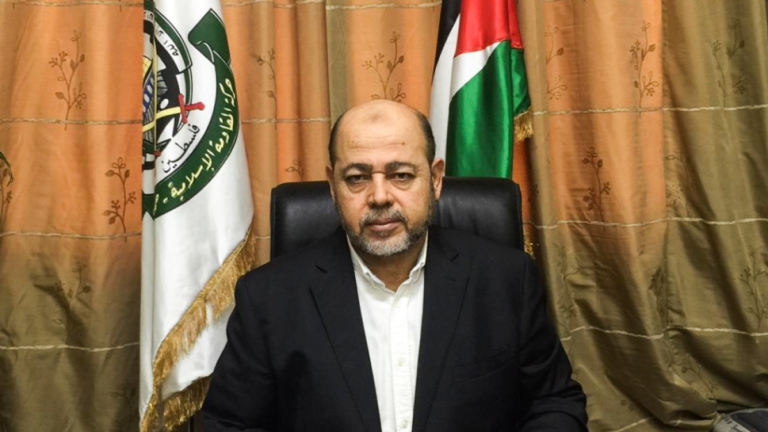
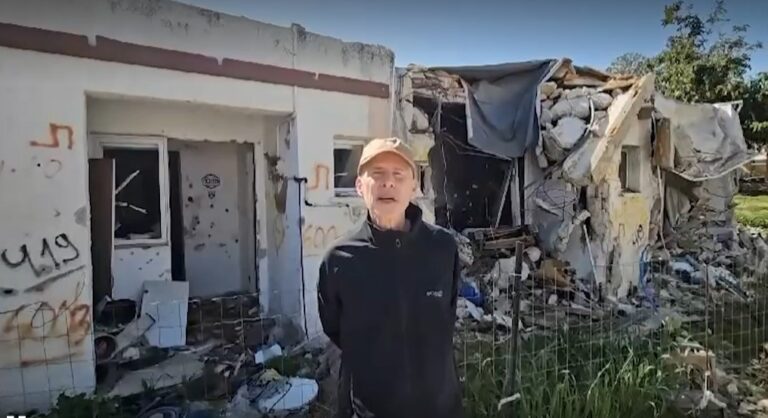
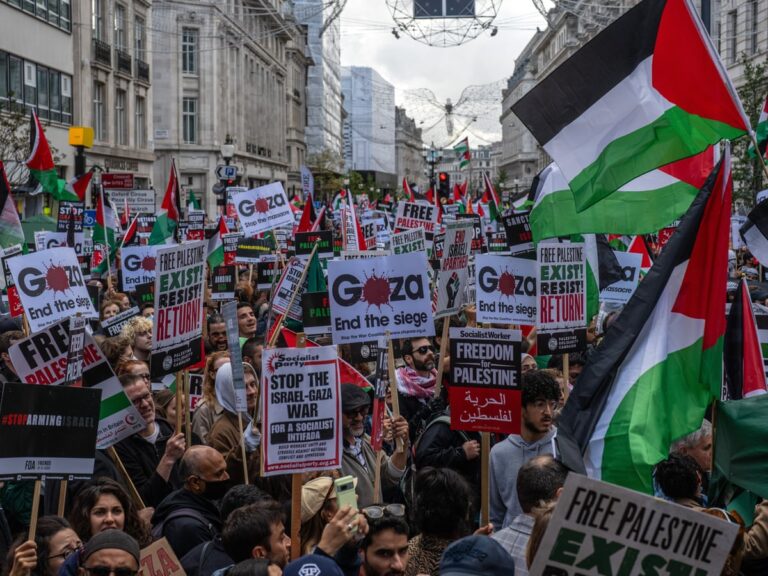



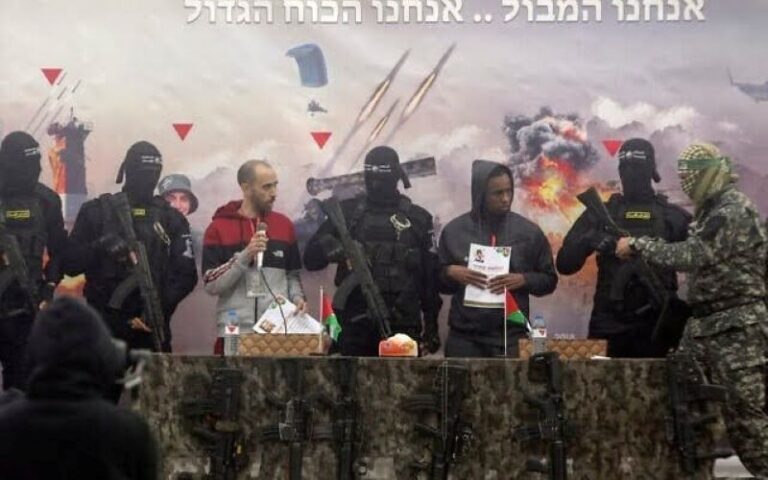
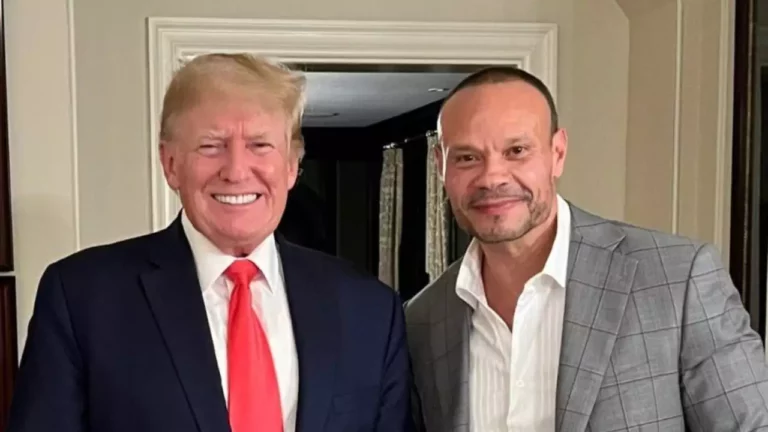
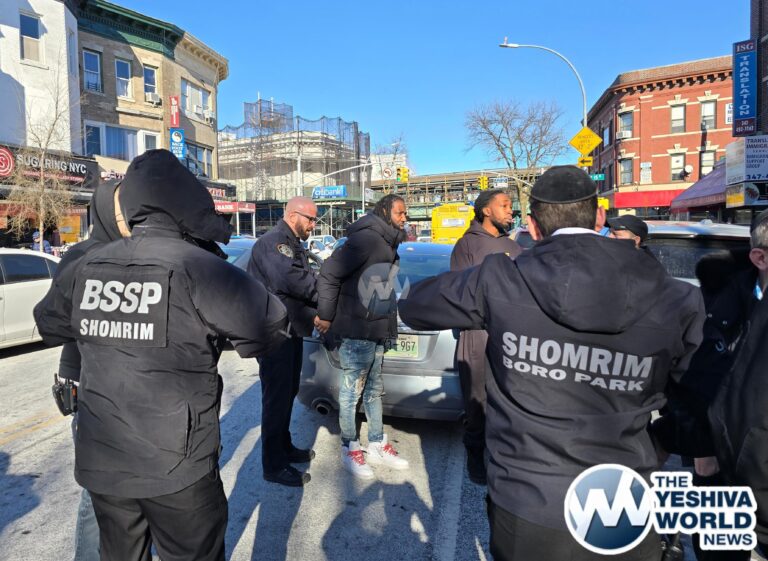

3 Responses
So the terrorists have won.
How do concrete barriers show hat they’ve won? Outlawing bikers, or any other change to the way we live our lives, would give them a victory. This is like saying we’re giving in to something by building up beaches after a hurricane like Sandy- all we’ve done is to preserve the status quo while being better protected and prepared.
Typo above- first sentence should say “that”